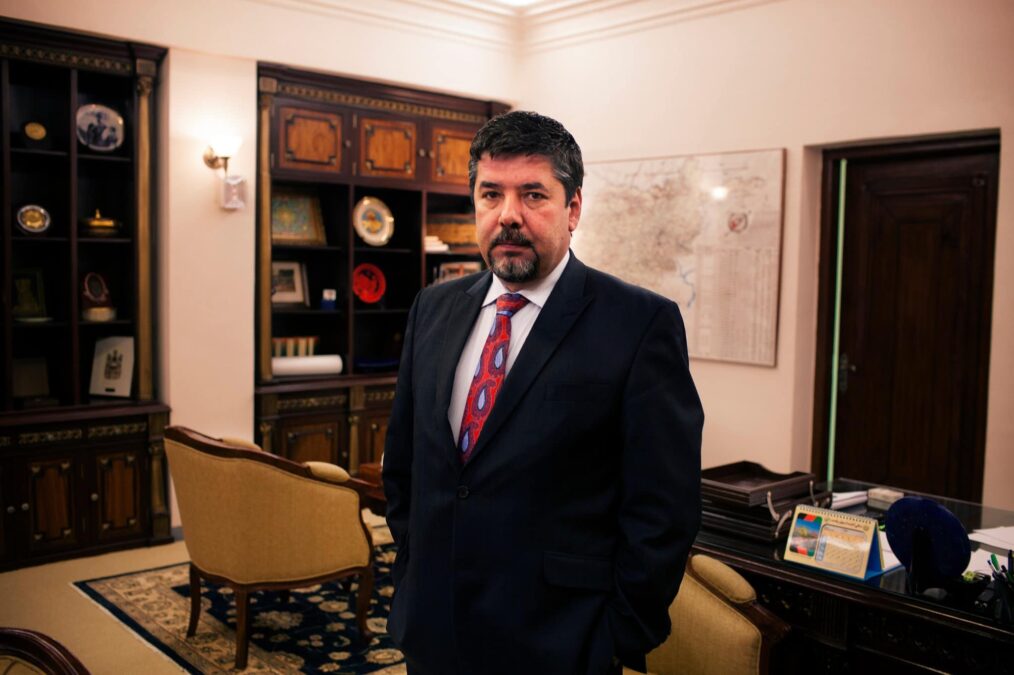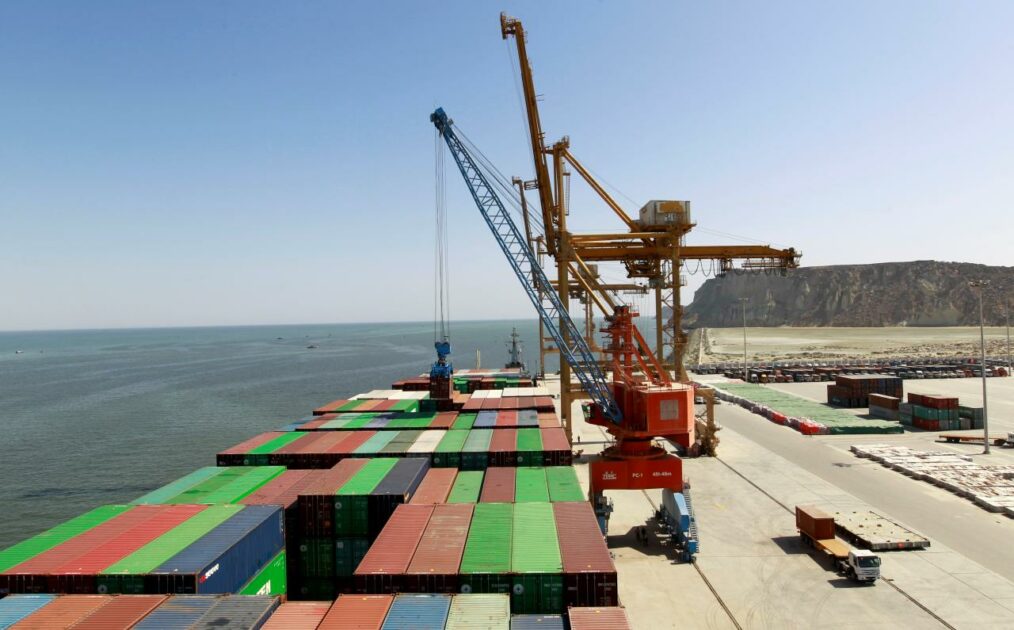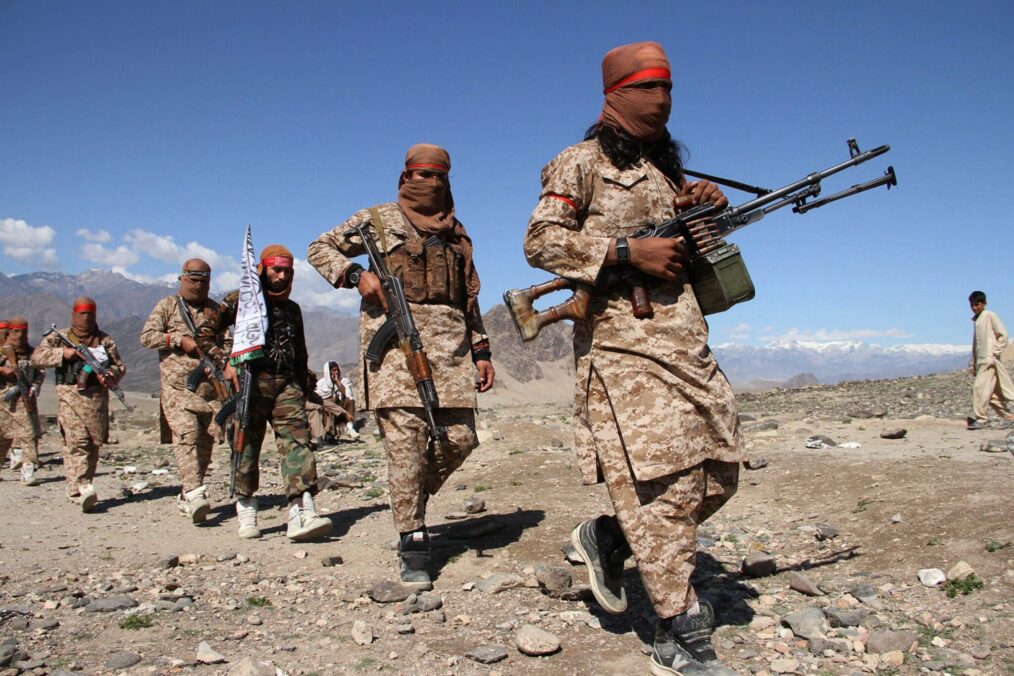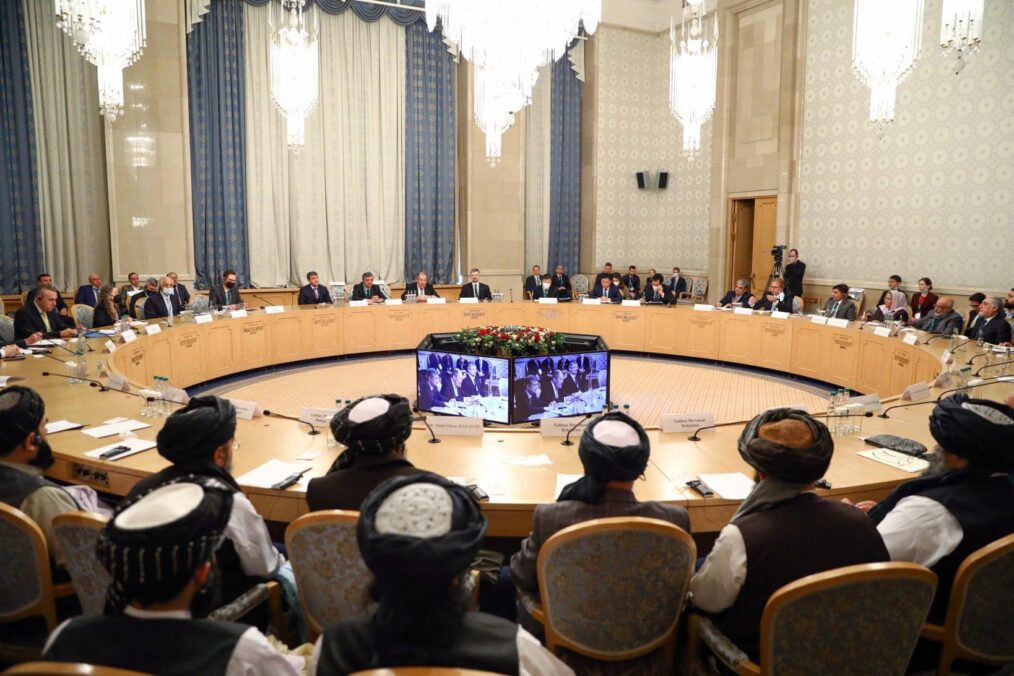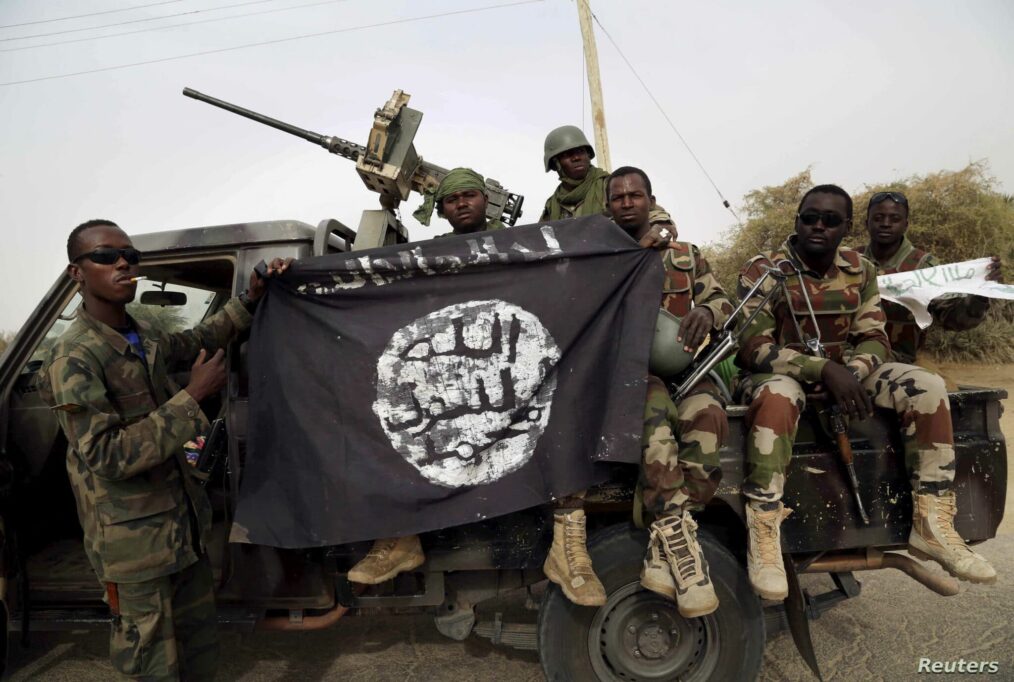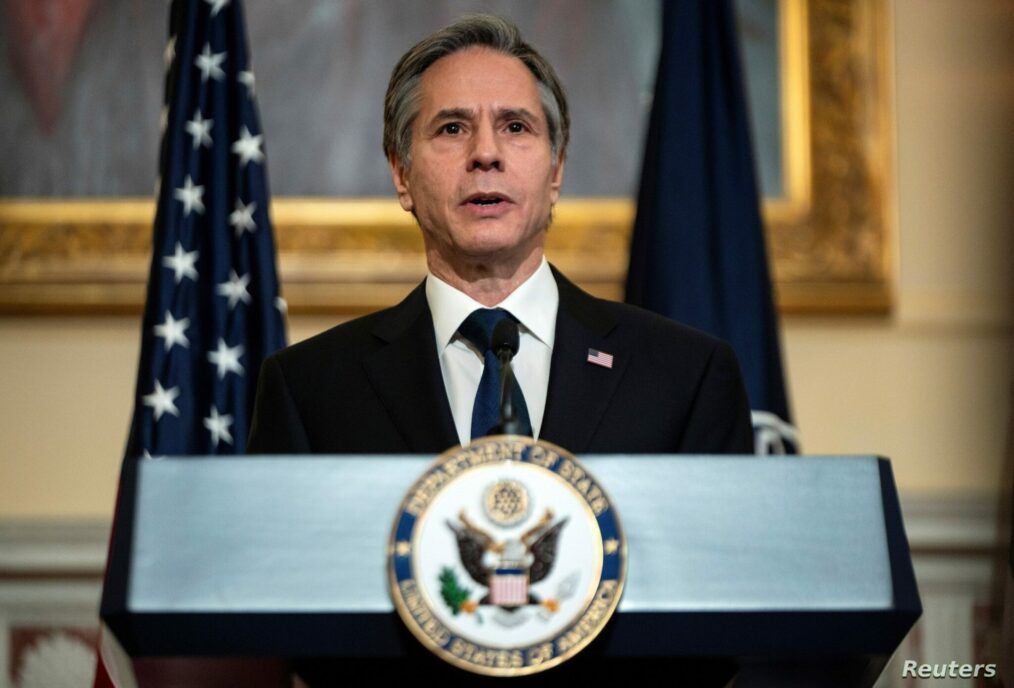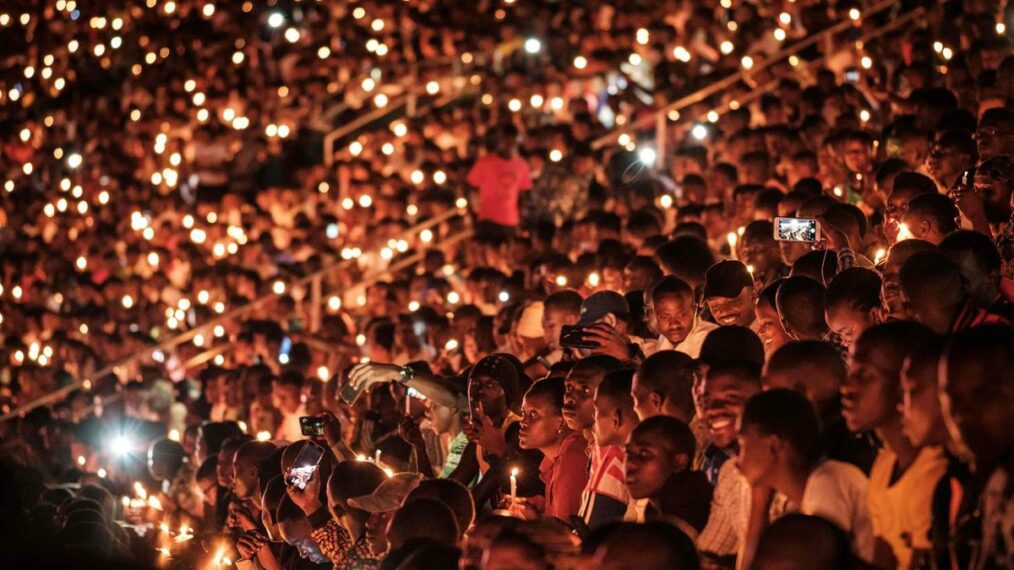A successful peace agreement does not guarantee lasting peace. The successful reintegration of ex-combatants back into society, while it does not guarantee lasting peace, is essential if peace is to stay. Afghanistan is at a crucial moment in its history. If a peace agreement is negotiated, ex-Taliban fighters must be reintegrated back into Afghan society. This will be achieved by implementing a sound reintegration project. Afghanistan might find success by looking at what other countries have done in the past. In particular, Columbia and its economic reintegration programs that have been implemented in recent years.
Economic Reintegration In Colombia
Decades of war has led to several cease-fire agreements between the Colombian government and its guerrillas and paramilitaries. As a result, there have been demobilisation efforts which have resulted in the need for reintegration programs. During President Alvaro Uribe’s presidency, the economic programs that were created were centred around the integrity of the free market. Thus, the government had a program whereby ex-combatants would receive a 1.5 million Colombian Pesos (COP) grant to start their own businesses or to invest in housing or education. However, the program was not as successful as the government hoped. The grant allowed the ex-combatants to start their own businesses, but it did not prevent them from experiencing severe income insecurity. Moreover, the Colombian government, in the early stages of reintegration, seemed to put more stock into entrepreneurial programs.
Entrepreneurship In Colombia
Alongside the grant program, the government implemented an entrepreneurial program that gave ex-combatants a one-time 8 million pesos (COP) seed capital. The idea was for the recipients of this capital to invest and create their businesses. This program was a success for some but not all. The main problem stemmed from the fact that the ex-combatants simply did not have the entrepreneurial skills necessary to run a business. The government then shifted its focus away from entrepreneurial programs to employability programs.
The 2010 Law of Formalization and Job Creation (Ley 1429) marks this shift. Ley 1429 gave businesses incentives to hire ex-combatants partaking in reintegration programs by granting them a tax exemption. Despite the government’s attempts to increase employability through vocational training and Ley 1429, there has not been an increase in employment opportunities. Even those that are employed earn less than minimum wage. With some ex-combatants earning less than COP 200,000 per month. Moreover, there is wide stigma that prevents ex-combatants from finding and keeping jobs. Although these programs have not had wide-reaching success, there are a fair number of individuals that have benefitted and succeeded through these programs.
Entrepreneurial programs should only be implemented for those that possess the sufficient entrepreneurial skills necessary to run a business. The Afghan government, if it intends to implement these types of programs, should provide individuals with entrepreneurial training. It should also implement a loan-based program that should run parallel to any grants that they might provide. If Afghanistan is to implement a loan program, it must supply the individuals with loan management training. Businesses that are created must also fill a need in the community.
How Can Afghanistan Learn From Colombia?
The Colombian government failed, in the early days of the reintegration process, to prevent the stigma of ex-combatants by the Colombian society. This complicated the reintegration process and made economic reintegration programs less effective. Businesses did not want to hire ex-combatants for fear of being publicly judged. Thus, there was a lack of employment opportunities and the vocational training they received did not increase their employability. The stigma that ex-combatants faced in Colombia will likely be faced by ex-Taliban members and this must be taken into account before implementing an economic reintegration plan. By building trust between ex-Taliban members and the wider Afghan community through community-based programs.
The Afghan government should also make sure that it provides ex-combatants with adequate vocational training. Which covers a wide variety of skills and professions. However, the training should reflect the community’s needs in order to prevent a lack of employment opportunities. It would be pointless to provide ex-combatants with training for professions that are not in high demand.
Moreover, Afghanistan should create programs that provide reintegration assistance to ex-Taliban members with disabilities. If not, these individuals run the risk of being excluded and they will be less likely to reap the benefits that untailored reintegration programs will provide.
Success will depend on the ability of the State to promote a more community-focused reintegration that focuses on both the social and economic aspects of reintegration.


